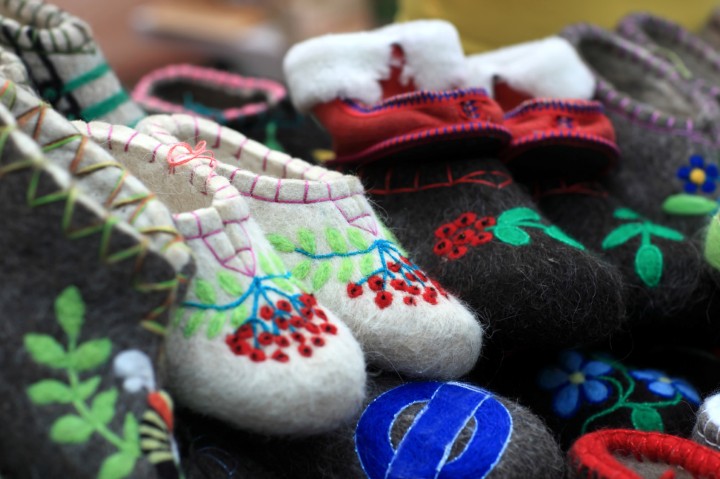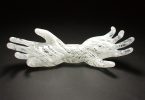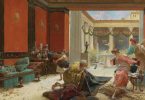One of the earliest handicrafts used by the Turks is felting that brings the richness of our cultural layers and colours of nature to our everyday lives.
Felt arrived in Anatolia after 1071 Malazgirt Victory. On the other hand, tomb remains from the Hittite period prove the existence of felt between the 3rd and 5th centuries. Konya, Diyarbakir, Afyon, Isparta, Uşak, Urfa and Bursa became famous as felt production centres in the Ottoman history. Felt-making had a very important place in the local trade guilds within the Ahi-order. Foremen and masters went through a long and difficult training. Apprentices who learned methods such as wool flocking, wool tossing, wool kicking, wool preparation for mould, making felt in bathhouse for an average of six to seven years, first received foreman and after that master title, and earned the right to open his own shop. During the Ottoman Empire period, the palace inspected the product standards themselves and placed orders for felt in line with the high standards established. The main material of felt is wool. Sheep’s wool is often preferred. But camel hair and alpaca wool are also used. There is a wide variety of sheep wool with varying wool quality based on the forage and region. Felt known by Turks since Central Asia could be found in dowries of both girls and boys. It was believed to bring good luck so felt puppets were hanged in tents.
Mehmet Girgiç (UNESCO Felting Master with the Title Living Human Heritage)
“This craft is based on love and patience. Felt does not thicken before sweating. There were felting baths in Konya when I was a child. Kneading that began right after the morning prayer would last until the evening prayer. All the materials I use in felting are natural, and I do the dying process using madder. The felt is inflammable and a thick layer of felt might even be bullet-proof. It allows the body to breathe by allowing air flow although it keeps warm and there is also a relaxing effect due to its soft texture. I am glad that Anatolian goat has now been recognized in the world after intense efforts. ”
COIN
High felt cone hat with a flat top worn by Mevlevi dervishes.









Leave a Comment